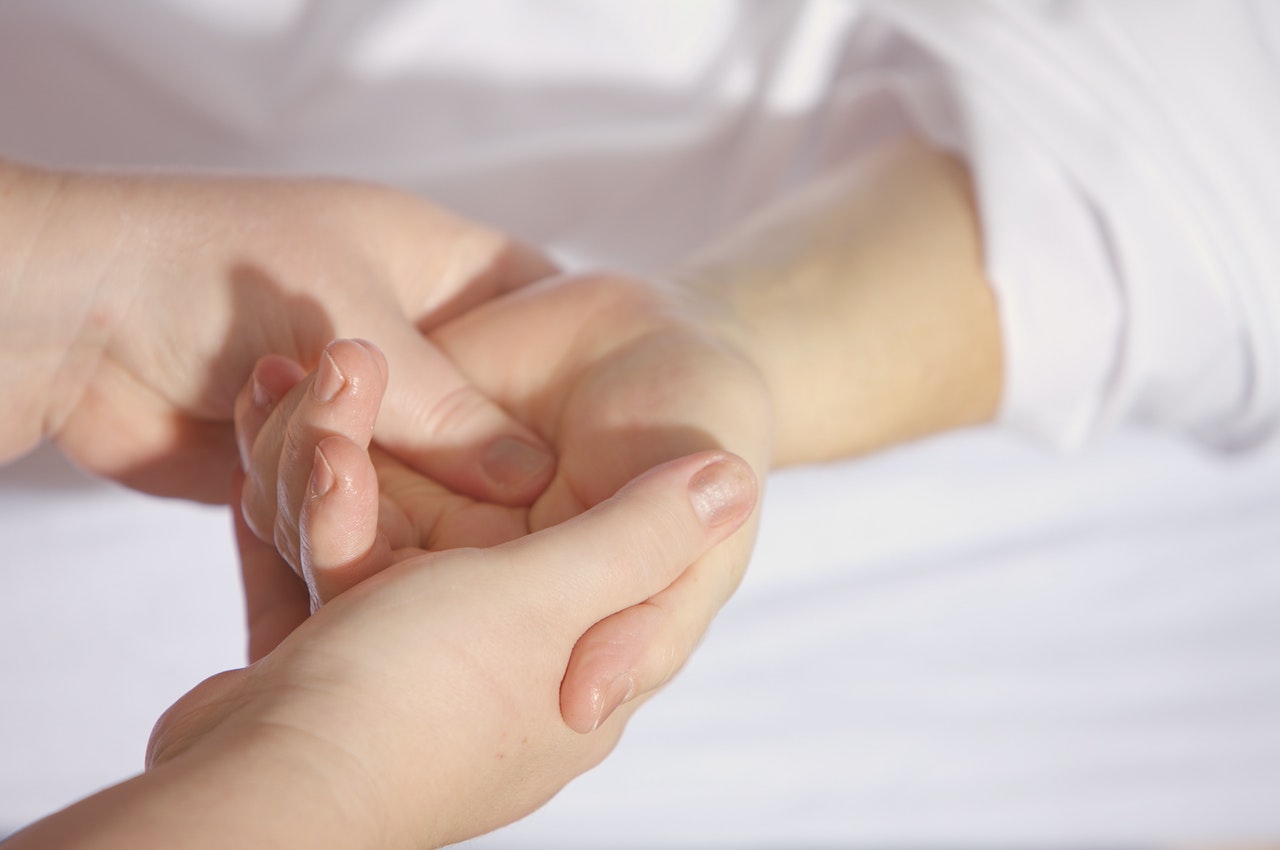
Nobody can deny the helpful recuperating power of massage that helps to lessen pain & muscle tightness, nervousness and stress, increasing the flow of blood, reducing inflammation in addition to boosting our immunity. All of which, at one point or another, affect our psychological and physical prosperity and our quality of life.
People who have an elevated level of stress are more inclined to injury and sickness. With regular massages, an individual can decrease this pressure. Stress is known to fasten your pulse, cause a higher production of stress-causing hormones, which lead to weight gain, raised circulatory strain, cause cerebral pains, stomach related issues, rest issues, coronary illness, and memory and focus to name a few. They also influence our immune system negatively. You may not be able to remove all the stress in your life, but you can always take stress-reducing measures.
Several studies have proven that undergoing a massage treatment helps support our immunity framework and flush out toxins and increase the blood flow all through the body. Massages expand the movement of white platelets that help our body battle infections and may help with reducing cortisol levels. Make sure to get massages as a standard practice, and include them in your monthly schedule. When combined with other reciprocal and traditional medicines, massages can assist you with looking and feeling your best.
How does massage work?
Massage causes physiological changes in your body. A massage stimulates an unwinding feeling, which is involuntary in nature. The anticipated and voluntary reaction of the sensory system is created via massage methods through physical impacts on the body, especially when weight is applied to the delicate tissues. These sensory movements created in the brain due to the effect of massage is called the relaxation response.
The relaxation response is a state wherein your heart and breathing rate slows, your circulatory pressures go down, your stress hormones diminish, and your muscles relax. The unwinding reaction additionally appears to build serotonin, which is a substance in the body that emphatically influences feelings and thoughts. While this data is promising, more investigations are expected to legitimately affirm the connection between massages and levels of serotonin in the cerebrum. The relaxation response may diminish the physical impacts of stress and the dangers related with it, for example, hypertension, cardiovascular arrhythmias, uneasiness, sleep deprivation, weakness, sexual dysfunction, stomach related issues, and mental issues.
How massage therapy improves your blood circulatory system?
The changes caused due to massages are first seen physically, through the increment in blood and lymph circulation and relaxation of the delicate tissues like muscle, connective tissues, ligaments and tendons. Let’s first know how massages improve blood and lymph circulation in the body. Massage is believed to improve blood and lymph circulation mainly due to the fact that the motions and pressure techniques in massages take control of the delicate tissues in the body. Also, it changes the movement of chemicals released during this relaxing response. Improved circulation can enhance the delivery of oxygen and nutrients to muscle cells. As cellular health improves, tissues function more efficiently. More efficient functioning leads to the removal of waste products and may increase the absorption of excess fluids and reduce swelling in soft tissues.
Massage therapy advances blood and lymph movement through the muscles through the friction between your skin and the therapist's hands. This expands the veins to help the expansion of the blood vessels and expel waste items from the blood. Expanding the blood/lymph stream is significant for three fundamental physical reasons:
- Increased vasodilation i.e. making more room for more blood.
- Increased capillarization i.e making blood available for the muscles
- Increased venous return i.e. bringing blood back to the heart
Vasodilation is the broadening of your veins permitting them to be more open for the flow of blood through the body. Capillarisation takes care of the muscles with supplements moved from the blood. Venous return is the pace of bloodstream back towards the heart. Less blood pumped in the body implies the heart needs to work more. Massage treatment works with the heart by lessening its extra task at hand and improving the surface circulation. The relaxing reaction that you get from a massage treatment has a further advantage in reducing stress and uneasiness by means of the sympathetic sensory system which arises in the case of a fight or flight reaction.
Massage for Relaxing Tissues
Massage treatment helps in relaxing muscle tissues, which reduces difficult muscular contractions and spasms. Massage therapy can likewise diminish nerve pressure. When muscles are contracted, they sometimes pack the nerves around them. Massages loosen the muscles in the affected area and free the nerves so that they can get the nutrients and supplements to behave more productively. The nerves can assume their normal work of transmitting messages to and from the brain, which improves the functioning of the muscles and organs.
By applying pressure on the body you can loosen up muscles, ligaments, and tendons. Furthermore, some of the more profound tissues in the body, for example, the spinal musculature, can't be effectively taken care of. In these cases, a massage therapist applies pressure on the more shallow layers of muscles that may likewise influence these more profound layers. This technique helps both the shallow and profound muscle tissues in finding superior alignment and balance.
Organs can likewise profit by massaging. As they share the same neurological pain pathways with muscles, bones, and nerves. At the point when muscles, bones, or nerves are troubled, organs can once in a while reflect the pain and uneasiness. For instance, the lower back pain arising from increased menstrual issues also makes these muscles tense. A massage can thus improve the functioning of both the organ and the muscles.
Here's our Ayurvedic massage oil that'll help you get relief from muscular and joint pain:
How safe is Massage Therapy?
Massage therapy is generally a safe practice that benefits its recipients. However, if you have certain ailments or conditions your massage experience may not be as expected. This also applies to the non-availability of experienced practitioners. For your surety, you should always check the location where you're planning to get a massage. The clinic or spa, wherever it may be, should be hygienic and incorporate appropriate safety measures.
You don't need to lay down on an unstable table, check how comfortable it is before going in. A few of the unfavourable reactions from your first massage may be muscle pain and soreness. In any case, you can find a solution to this by looking for an experienced therapist. Also, pregnant women can get a lot of benefit from a massage, however, there are risks like the probability of premature delivery if undergoing therapy during the first trimester. Plus, anyone with existing heart conditions should also seek medical advice before getting a massage.
With this, you can stay assured that massages are good for the betterment of the circulatory and nervous systems of your body and you can find some time to try and experience this if you haven't. Share us your experience in the comments below!

Comments (0)
Back to News